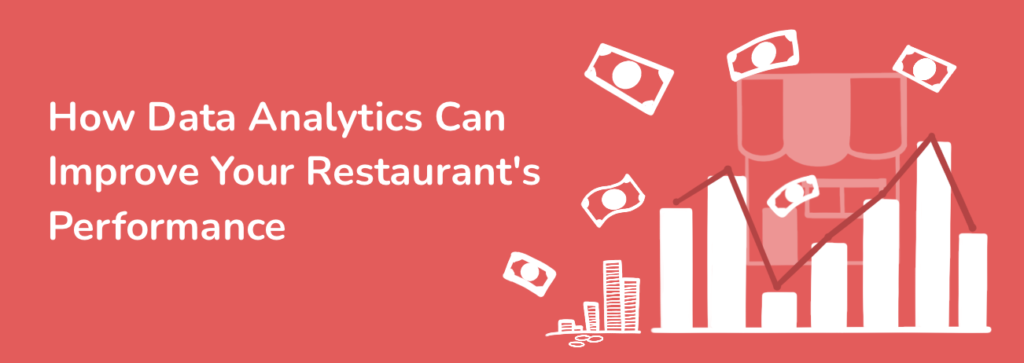
Your business is your goldmine. As a restaurant owner or manager, it is essential to ensure that your establishment is operating at its best and earning a positive revenue stream consistently.
This may be accomplished by reviewing your restaurant’s analytics.
Generally, restaurant analytics is examining a combination of data such as staff performance and menu optimization over a short period of time and converting it into easy-to-understand insights that help you make smarter business decisions.
Let’s take a look at how restaurants are actively using analytics solutions for a wide range of purposes, such as:
- Customer profiling
- Improve financial flow
- Table turnover optimization
- Forecasting sales
- Trends in lifetime value and repeat customers
1. Customer Profiling (Know Your Customers)
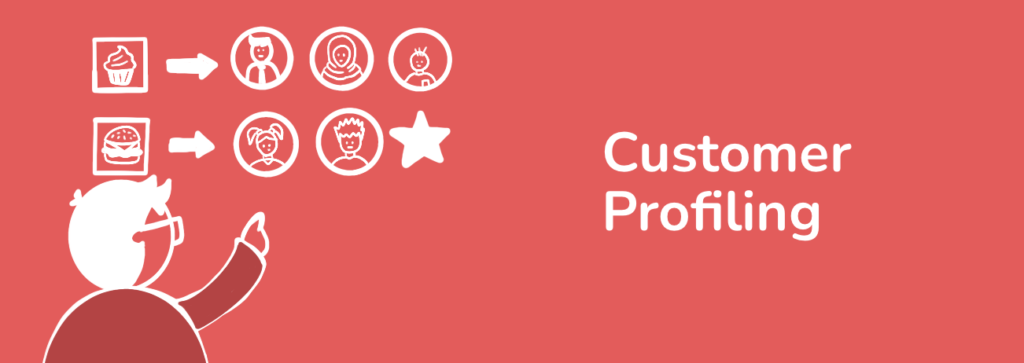
Customers are those prepared to spend their money on your services and products, making them comparable to your investors. When it comes to the consumer experience, data analytics may provide important insights.
Order selections, feedback, reservation patterns, and demographics may all be used to optimize the dining experience. With this knowledge, you will be able to make more informed decisions about restaurant design, menus, inventories, and even prices.
You may, for example, give a complimentary dessert to customers on their anniversary or birthday.
In the long term, detailed insights may help you create better customer relationships and develop loyalty.
2. Improve Financial Flow & Increase Restaurant Profit
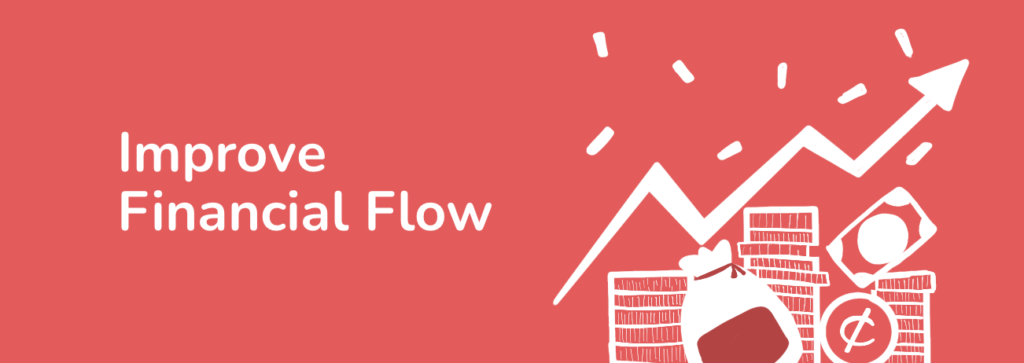
Financial management is one of the most important aspects of any successful restaurant.
With data analytics, managers will have a better understanding of where to improve profit margins in order to raise revenue while maintaining an incremental degree of success.
Moreover, data analytics will also provide a comprehensive insight into the performance of your restaurant’s promotional strategies. This enables managers to coordinate the strategies in relation to the budget.
By comparing the strategies with revenues, managers can determine whether or not a particular strategy is producing the desired results.
3. Table turnover optimization
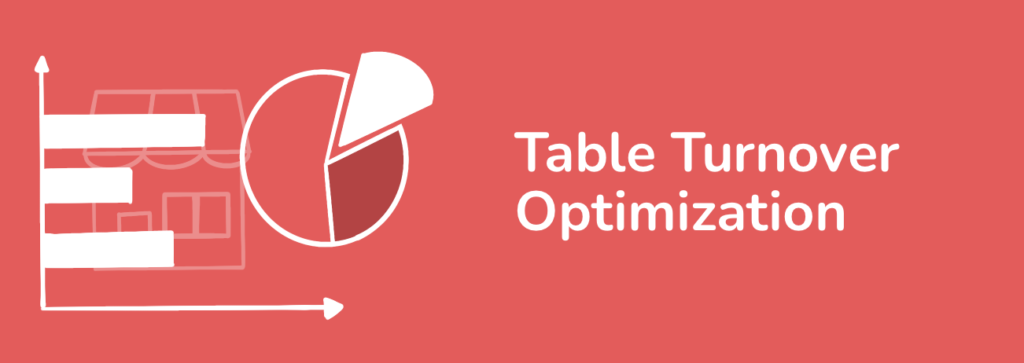
Your restaurant analytics can reveal the restaurant’s busiest and slowest times for specific periods of time, broken down by hour, day or week.
The data can assist you to modify your manpower to match when your sales are the highest or at a lowest. With the help of analytics, your restaurant can operate at its best despite revenue fluctuations as it assists you in meeting your average labour cost goal.
For example, during the holiday season, the manager may examine data analytics and utilise it to optimise the workforce by arranging the proper mix of permanent, part-time, and part-time workers on a range of schedules.
This will allow you to keep your labour costs under control and your restaurant functioning optimally.
4. Forecasting Sales
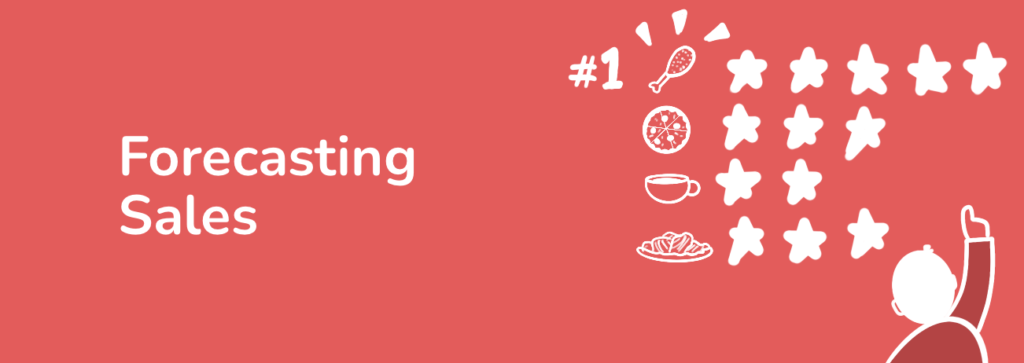
The menu is the beating heart of a restaurant. However, no matter how well you know your business, determining why a menu is or isn’t performing might be one of the most difficult challenges.
With the help of restaurant analytics, you’ll see beyond the surface and discover how to strategize for repeat customers.
You may use restaurant analytics to determine which products on your menu are hits and which are misses.Restaurant data analytics can help to determine which dishes to remain on the menu, which to remove, and which meals to consider for specials and discounts.
For instance, when a customer asks for a recommendation, train your employees to recommend items from the top choice food category. These dishes have the highest potential of impressing your customers (and getting repeat business)
5. Identify And Forecast Upcoming Trends

Thanks to data analytics, you’ll be the first to notice whether a dish is gaining popularity among your customers or if a trend is on the rise. You’ll then be able to modify your menu or make deals to match demand before it peaks, putting you ahead of your competition.
With a greater understanding of your menu’s top performers, you can highlight customer favourites in marketing strategies.
For example, if you know that desserts are a popular item in the early evenings, you may offer a high tea special with a discount to encourage customers to buy on your slower days.
Make Restaurant Analytics Work For You
Obtaining and analysing data from your restaurant POS system may provide a lot of information about your business.
Data analytics provides you with information that you were previously unaware of. This may be a game changer for your restaurant, saving you money, making you money, and significantly reducing waste.
If your restaurant does not have a system that provides data analytics, consider giving Slurp! POS a try.
Slurp! POS is a sophisticated point-of-sale system that allows you to manage your restaurant digitally. Slurp! POS system also includes a back office system which allow managers to have access to real-time analytics, control inventory systems, promotional activities, royalties and accounts.
Start your business’s road to success now by booking a demo session and gaining real-time analytics from modern Slurp! POS System!.
Get your business the upgrade it deserves. Get Slurp! POS.




